I have written numerous posts in the last year, however, I have failed to write about the one little city (population: 30,000) that I have continuously enjoyed since I discovered the Langhe – Alba, the classic regional Piemonte town … and only a 15min car drive from TorreBarolo.
Often Asti, the main town of the Monferrato, has the pretentions of a provincial capital, however, I agree with those writers that cite Alba as a smaller community that happily conserves much of the best of Piemonte. 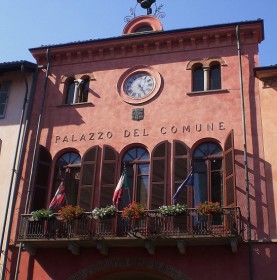
Between the end of the 12th and first half of the 13th century Alba enjoyed a period of prosperity, which expressed itself in the constructions of fortified buildings (towers) within the town. These towers were a mark of prestige as the higher the tower, the richer and more powerful the family that owned it. There are only four towers in Alba today that retain their original height and are concentrated around the Piazza del Duomo. There used to be so many towers that Alba came to be known as the town of a hundred towers. Although these towers characterize its medieval history, during the renovation of the medieval Palazzo Marro, Roman archaeological finds were uncovered showing traces of Roman Temple that existed during the 1st half of the 1st century AD.
Much of the essence of Alba can be experienced walking down Via Vittorio Emanuele and Via Cavour (both closed to cars) lined with a wonderful mixture of restaurants/cafes, enotecas, clothing stores and gourmet food stores (below I have listed a few). Being the main town in the Langhe, its no surprise that Alba hosts many wine and food related events showcasing the rich wine and truffle production (to be discussed in the second part of this post). However, there is more to Alba than just wine and white truffles as the city also sponsors numerous classical music/chamber music and film events throughout the year that continually refresh the city with new residents/visitors. 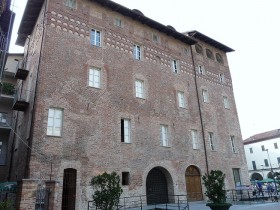
On a first visit to Alba I would recommend heading to the ample parking at Piazza San Paolo and then walking the few minutes to Piazza Savona, which is at the top of Via Vittorio Emanuele II, to begin your stroll. Before you turn left to walk under the short expanse of porticoes on Via Cavour you will enter Piazza Risorgimento (aka Piazza Duomo) with the medieval town hall straight ahead and Cathedral San Lorenzo to your right. Very little remains of the principal cathedral that was built between 1486-1517 and in its place is a neo-gothic cathedral built in the 19th century. Also in this piazza you will find the Alba tourist office that has an extensive selection of free information on local events/tastings/activities in English and German (the tourist office is open all day). Via Cavour is not a very long street so I suggest a little side diversion to Piazza E. Pertinace which is a nice little piazza that host a small organic food market on Saturday.
Most of the Albese stores shut for siesta so be sure to plan your stroll when the stores are open which is until 12:30/1pm and then between 4pm and 7pm. I suggest select a table at one of the numerous outdoor cafes – my favourite is Vincafé on Via Vittorio Emanuele 12 – and enjoy an aperitif during the evening “passeggiata”, when the locals come out to view and be viewed. Cin cin. 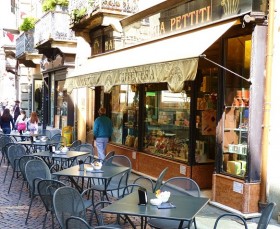
Bakeries and sweetshops
“Pasticceria Cheinasso”, Corso Langhe 88, famous for its torta di nocciole
“Io, Tu e I dolci”, Piazza Savona 12
“Sacco”, Via Cavour 9, for hazelnut cakes and rum macaroons
“Pasticceria Cignetti”, Via Vittorio Emanuele 5, a wonderful old bar/pasticceria since 1878, famous for its torrone. Also try the albesi al barolo (wine flavoured macaroons)
Bars and Cafes
Vincafé, Via Vittorio Emanuele 12, my long standing favourite cafè in Alba. They serve great food all day long and generally always have outdoor seating that offers a great spot for people watching.
“Casa del Caffè”, Via Macrino 1, a large roasting machine is in front as are sacks of beans for show. But you purchase from plastic containers that preserve the aroma of the beans. 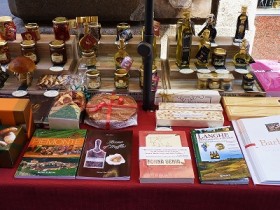
Dining
“Enoclub”, Piazza Savona 4, contact: 0173 220 629. Closed Monday and Sunday evening. Very good food. Restaurant located in the lower ground floor of a but the room is nice/charming (but no windows). Good service and wine list.
La Libera, Via E. Pertinance 24, contact 0173293 155. Closed Monday and Sunday. A more contemporary setting with glass and chrome tables that serves classic Langhe cuisine.
Osteria Dell’Arco, Piazza Savona 5, contact 0173 228 028. Closed Monday and Sunday. Tradtional setting with good traditional good. The rabbit cooked in Arneis is always very good.
La Piola, Piazza Risorgimento 4, contact 0173 442 800. This restaurant is unique in that it has only a choice of one “primo” and “second” each day but also always serves a choice of pasta and a choice of antipasti. It also shares a kitchen with the Ceretto family’s 1 star restaurant, Piazza Duomo, and so it has been my experience that the secondo is of a higher quality than one might expect for this level of dining. Both are owned by the Ceretto family, so all the wines are Ceretto (the white arneis Blangè being one of my favourite white wines). There is glass extension in front of the restaurant to eat at or else in the restaurant itself (which I always prefer for some reason).
“Ristorante La Capannina”, Borgo Moretta, Strada Profonda 21, this restaurant claims to have invented sliced carne cruda, the raw veal antipasto that is so popular in the Langhe.
“Vineria dell’Umberto”, Piazza Savona 4, closed Monday and August, this is a welcoming place for good food and excellent wine, the main reason to come here is to sample wines from a list that contains 200 selections.
A walk down Via Vittorio Emanuele, one of the main thoroughfares of Alba, contains many shops and stores that merit your attention:
- Cignetti, 5
- Pasta Fresca Corino, 9A
- Pasticceria Beretta, 16A
- Polleria Ratti, 18B
- Pasticceria Petitti, 25
- Ponzio Tartufi, 26
- Aldo Martino, 27

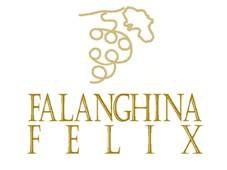 Our friend Gary Chevsky on Falanghina:
Our friend Gary Chevsky on Falanghina: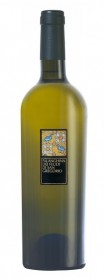
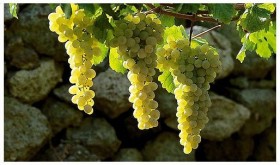 It seems that every region in Italy has its staple red and white wine. For those next to water, you can be sure, the wine is going to scream seafood. No oak, great acidity, balanced fruit and mineral. These wines don’t tend to be great, but for $10-15, they are perfect with crab, shrimp, lobster salads, ceviches, and all kinds of honest-to-goodness fresh seafood cornucopia that we so enjoy here on the Pacific coast! This particular bottle of the 2008 Falanghina from one of the top Campania houses – Feudi di San Gregorio – was consumed in a blink, and beat the pants off the all-too-common Pinot Grigio epidemic that average wine drinkers think is cool. Suffice it to say, this vino will not rob your seafood of attention, but it will add its 2 cents worth. And if you ever head to the Bay Area coast, BYOB to Sam’s Chowder House on Highway 1 in Half Moon Bay, a place where even a Russian Jew from Ukraine can feel like an Italian in California!
It seems that every region in Italy has its staple red and white wine. For those next to water, you can be sure, the wine is going to scream seafood. No oak, great acidity, balanced fruit and mineral. These wines don’t tend to be great, but for $10-15, they are perfect with crab, shrimp, lobster salads, ceviches, and all kinds of honest-to-goodness fresh seafood cornucopia that we so enjoy here on the Pacific coast! This particular bottle of the 2008 Falanghina from one of the top Campania houses – Feudi di San Gregorio – was consumed in a blink, and beat the pants off the all-too-common Pinot Grigio epidemic that average wine drinkers think is cool. Suffice it to say, this vino will not rob your seafood of attention, but it will add its 2 cents worth. And if you ever head to the Bay Area coast, BYOB to Sam’s Chowder House on Highway 1 in Half Moon Bay, a place where even a Russian Jew from Ukraine can feel like an Italian in California!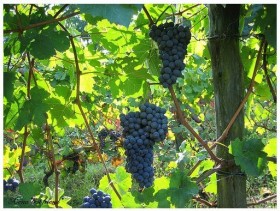
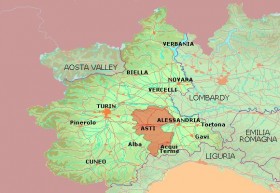 Like so many Italian red wines, except its powerhouse big brothers Barbaresco and Barolo, a Barbera has that tart, light, berry-like flavor and a texture that seems a little grainy and rough, as if a few seeds of a fresh raspberry had found their way into the bottle and added their own little interesting zip there.
Like so many Italian red wines, except its powerhouse big brothers Barbaresco and Barolo, a Barbera has that tart, light, berry-like flavor and a texture that seems a little grainy and rough, as if a few seeds of a fresh raspberry had found their way into the bottle and added their own little interesting zip there. 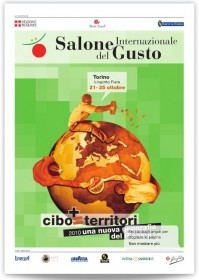 This event is special as the stars of this food expo are the small-scale food producers from all over the world that showcase their products. Moreover, it is about the people just as much as it is about the excellent food as the event enables like-minded producers and buyers to connect in the search for quality food.
This event is special as the stars of this food expo are the small-scale food producers from all over the world that showcase their products. Moreover, it is about the people just as much as it is about the excellent food as the event enables like-minded producers and buyers to connect in the search for quality food.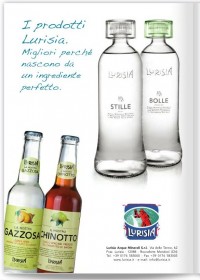
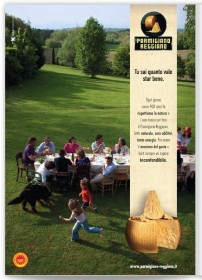
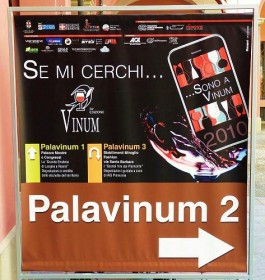 The
The 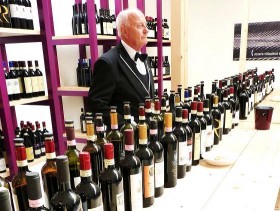
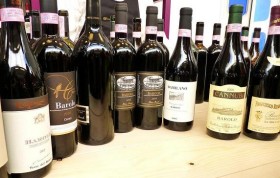
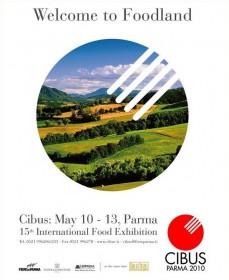
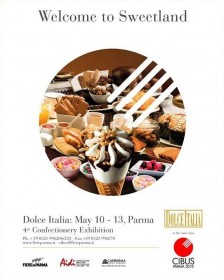 CIBUS will also host “Dolce Italia, the Confectionery Salon” and “Planet Nutrition” which is a new initiative consisting of courses and seminars on topics such as baby food, diet and sports, nutrition for the elderly, and much more.
CIBUS will also host “Dolce Italia, the Confectionery Salon” and “Planet Nutrition” which is a new initiative consisting of courses and seminars on topics such as baby food, diet and sports, nutrition for the elderly, and much more.













